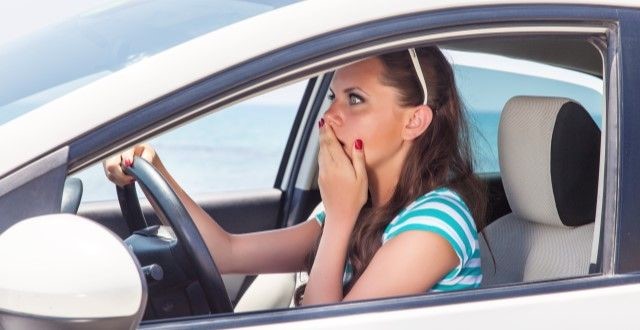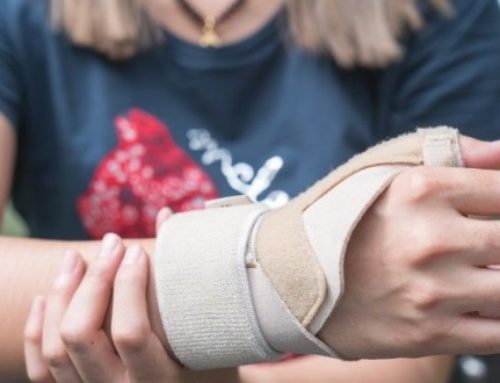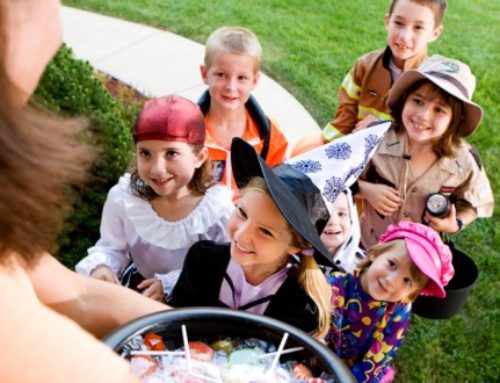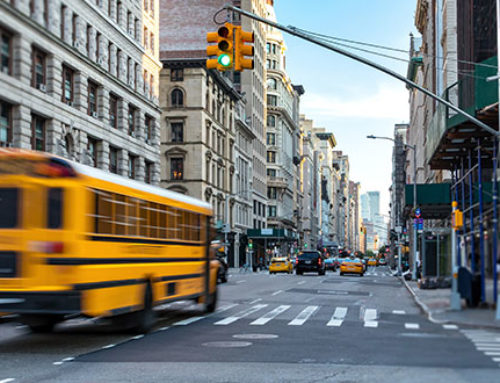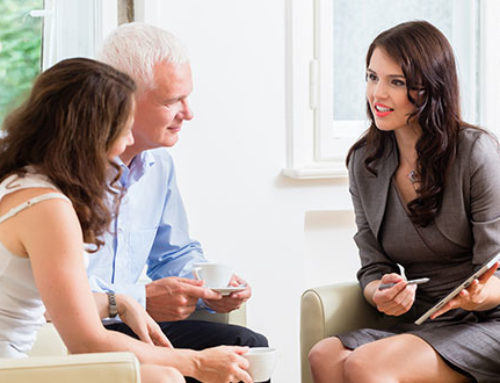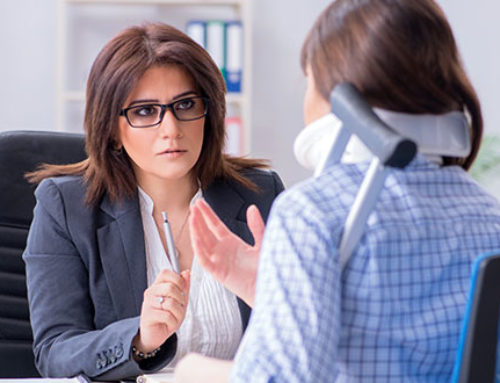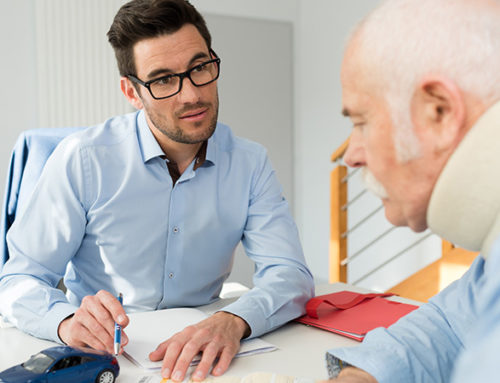Ideally, you’ll never be involved in a car accident. Unfortunately, collisions aren’t always avoidable. Even if you practice safe driving, you can’t control how others behave on the road. Someone else’s negligence could result in an accident, which is why it’s important to know what to do after a car accident.
How to Protect Yourself After an Auto Accident
1. Make Sure You’re Safe

The most crucial step to take after being involved in a collision is to confirm you, and everyone else in the vehicle is safe. If you suspect you or someone else in the car might be injured and needs medical attention, call 911 immediately.
You should also attempt to move to a safer spot if the car accident left you vulnerable to additional collisions. That said, you need to account for the condition of your vehicle before operating it. If you can drive your car to a safe spot, do so. If not, check your surroundings, and exit the car carefully, moving swiftly to the side of the road (or any other area where you won’t be near oncoming traffic).
You should also make sure other drivers are aware of the scene. For instance, if an accident occurred at night, other motorists might not see your vehicle until they were too close to avoid it. Try to place road flares around the scene to block it off if you have them available.
2. Exchange Information with the Other Motorists Involved
It’s natural to feel emotionally shaken after an auto accident. You may be scared, confused, and even angry with the driver who you believed caused the accident. However, you must try to maintain a calm demeanor when interacting with them. A personal injury lawyer can help you pursue compensation later. Right now, you want to document the accident to build your case.
Make sure you get the name and insurance information of the other driver involved in the collision. If multiple drivers were involved, try to get this information from all of them. You should also ask for contact information. Although they may not be willing to provide it, you should still make an attempt.
The other motorists are not the only people with whom you need to coordinate. There may be witnesses who have remained at the scene as well. Get their contact information, too, as well as any narratives they can provide. Request that they stay at the scene to provide their testimony to the police as well. Of course, if they leave, you can contact them later.
3. Alert the Authorities

As soon as you have exchanged information with all relevant parties, contact the police. This is always a necessary step, even if you believe your vehicle is operational, and you can simply continue to your destination. The presence of law enforcement ensures there is an objective party at the scene to document it. After all, even if the other driver is at fault, the odds are good, they won’t be willing to admit it. You and your auto accident attorney will be far more likely to secure the desired outcome in your case if you can demonstrate, through police documents, that you were not responsible for the collision.
When the police officers do arrive, calmly share your narrative. Although the police will likely try to keep you and the other motorist separate from one another when getting your stories, you may overhear their conversations. Fight the urge to object if you overhear the other motorist sharing false information. Showing too much anger and being defensive can be harmful. You may give off the impression that you know you’re responsible for the collision, and are trying to deflect blame. Instead, you’re much better off remaining calm, sharing all relevant information with the officers, and answering their questions as thoroughly and honestly as possible.
4. Document the Scene
After getting in touch with the police and your insurance company, if possible, begin taking pictures of the scene. Doing so will also help you and a personal injury attorney build a stronger case in the coming weeks and months. Additionally, you should create audio records of all relevant conversations (as well as a recording of your own narrative regarding what occurred).
Don’t worry if you don’t have a phone on hand. While being able to take pictures and make recordings is ideal, if this isn’t possible, you can instead draw a diagram of the scene, and take written notes. Doing so highlights an important point worth remembering: whenever you’re driving, it’s a good idea to have a phone or a notebook and pen on hand. You never know when you may need to document a collision.
5. Contact Your Insurance Company

Don’t wait to get in touch with your insurance company after a car accident. In fact, many policies require motorists to contact their providers immediately after a collision.
You may also begin the process of filing a claim at the scene. The process varies depending on who your provider is, so it’s a good idea to conduct additional research to know what exact steps you must take to cooperate with your insurance company’s policies.
6. Contact a Car Accident Attorney
Of course, it’s essential to get proper medical care after being involved in an accident. However, once you have done so, collect all the documentation you have into a file, which will help you provide an auto accident attorney with all the necessary details.
Contacting a personal injury lawyer is always smart after a car accident. Regardless of who was at fault, you need an expert on your side who can provide you with fair representation.
At KLaw, PLLC, that’s exactly what you’ll find. If you’re seeking a personal injury attorney to represent you after a car accident, contact us online or give us a call today to schedule your free consultation.
We have locations in Tampa, St. Petersburg, and Bradenton, FL for your convenience.

